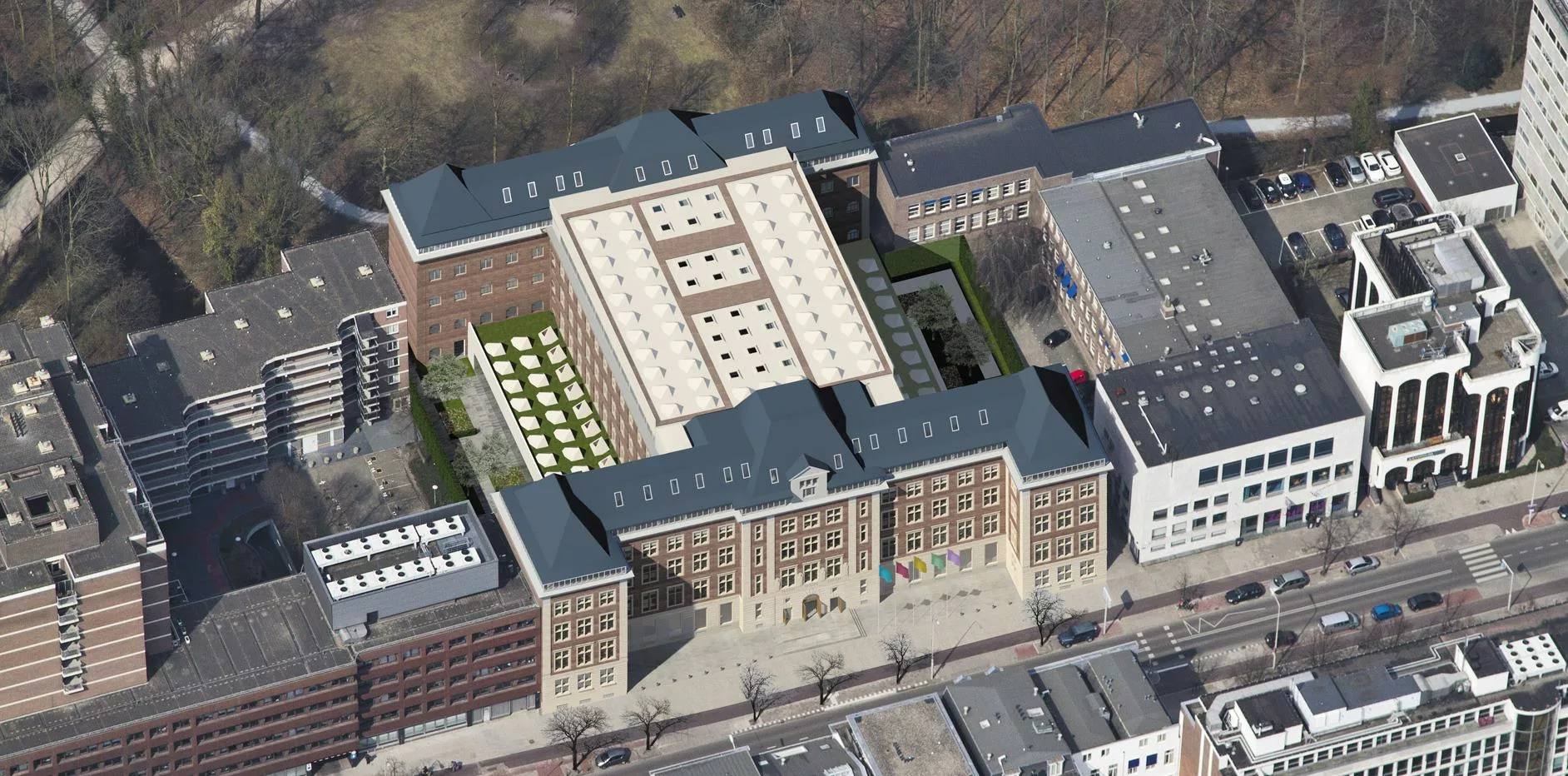To achieve the sustainability goals, buildings need to be designed for net-zero energy consumption, adaptability to the effects of climate change, circular use of materials and the use of energy-efficient materials with a low carbon footprint. This requires optimal asset management, preparing roadmaps for buildings within the built environment and transforming building installations to achieve substantial reductions and ultimately energy-neutral or energy-positive buildings. This challenge extends from new builds to the renovation of existing buildings which require innovative and efficient solutions to make them more sustainable and realise (near) net-zero energy consumption.
Related Services


Building B30
Here’s where
brilliant minds,
energy efficiency and legacy meet.
Building B30, the former Dutch Ministry of Economic Affairs, was transformed into a multifunctional governmental knowledge centre and think tank. Deerns designed the technical installations and building physics, changing the 1917 building from an uncomfortable space and an energy guzzler into the first BREEAM Excellent-certified national monument in the Netherlands. The installations, including low-temperature heating, were integrated into the existing architecture by utilising empty space in its construction, thickening walls, repeating historical building elements, adding flexible fabric installations to the vaults and erecting wooden meeting cubicles with integrated technology.

